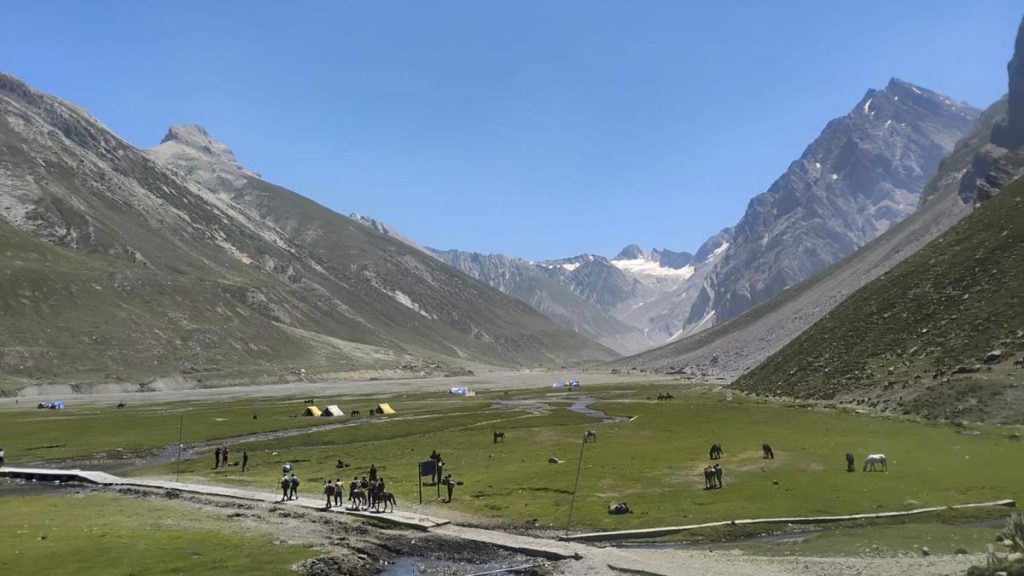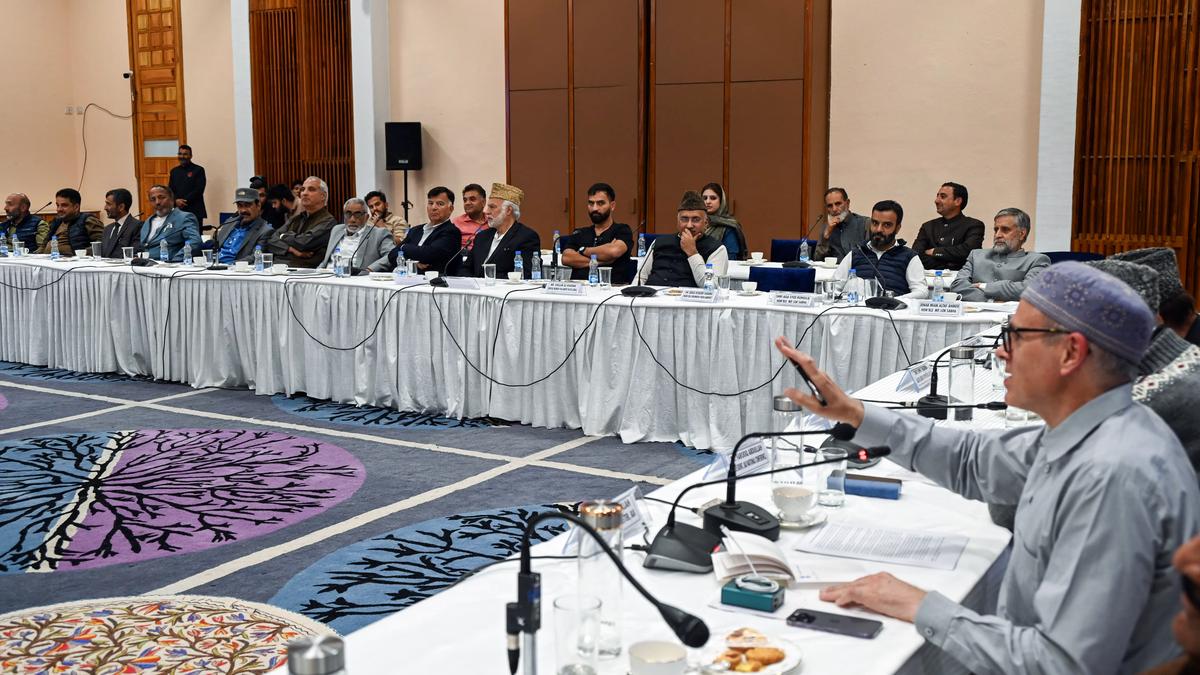Now Reading: Top Lashkar Commander Altaf Lalli Neutralized in Bandipora
-
01
Top Lashkar Commander Altaf Lalli Neutralized in Bandipora
Top Lashkar Commander Altaf Lalli Neutralized in Bandipora
Rapid Summary
- Encounter-Elimination: A Lashkar-e-Taiba (LeT) terrorist associate,Altaf Lalli,was killed during an ongoing encounter in Bandipora district of jammu and Kashmir.
- Heightened Operations: Multiple encounters and intensified anti-terror operations led by police, Army, and CRPF have taken place across north and south Kashmir within the past few days.
- Pahalgam Terror Attack Update: Initial investigations into the April 22 attack on tourists at Baisaran meadow (claimed 26 lives) suggest involvement of five to seven terrorists-including locals trained in Pakistan. Eyewitness accounts identify suspect Aadil Thokar as one of the attackers.
- Destroyed Houses: The homes of two suspects-Thokar from Anantnag and Asif Sheikh from Tral-were destroyed after explosives stored inside detonated during search operations.
- Eyewitness efforts & Evidence Gathering: Survivors are being interviewed by NIA teams; sketches and names of three Pakistani suspects released: Asif Fauji, Suleman Shah, abu Talha.
- Security Measures & Threats: Security forces continue expansive forest searches near Pir Panjal range with UAVs/drones amid alerts about potential ISI-planned attacks targeting railway infrastructure, Kashmiri Pandits, non-locals working in the Valley.
indian Opinion Analysis
The outbreak of intensified anti-terror operations reflects India’s consistent stance on countering terrorism in Jammu & Kashmir amid rising threats posed by cross-border networks like Lashkar-e-Taiba.The elimination of key associates such as Altaf Lalli signals progress but underscores ongoing dangers given intelligence warnings regarding future planned strikes targeted at vulnerable communities.
The investigation into april’s Pahalgam massacre highlights coordinated efforts between local actors trained abroad that continue to challenge India’s security apparatus despite technological advances like surveillance drones/UAVs being employed effectively here.
A notable societal response is emerging-spontaneous protests triggered by widespread outrage indicate a growing collective rejection toward acts destabilizing peace within the Valley’s civilian sectors-a possibility for stronger public-security unity needed for bringing lasting stability over conflict-ridden decades.

























